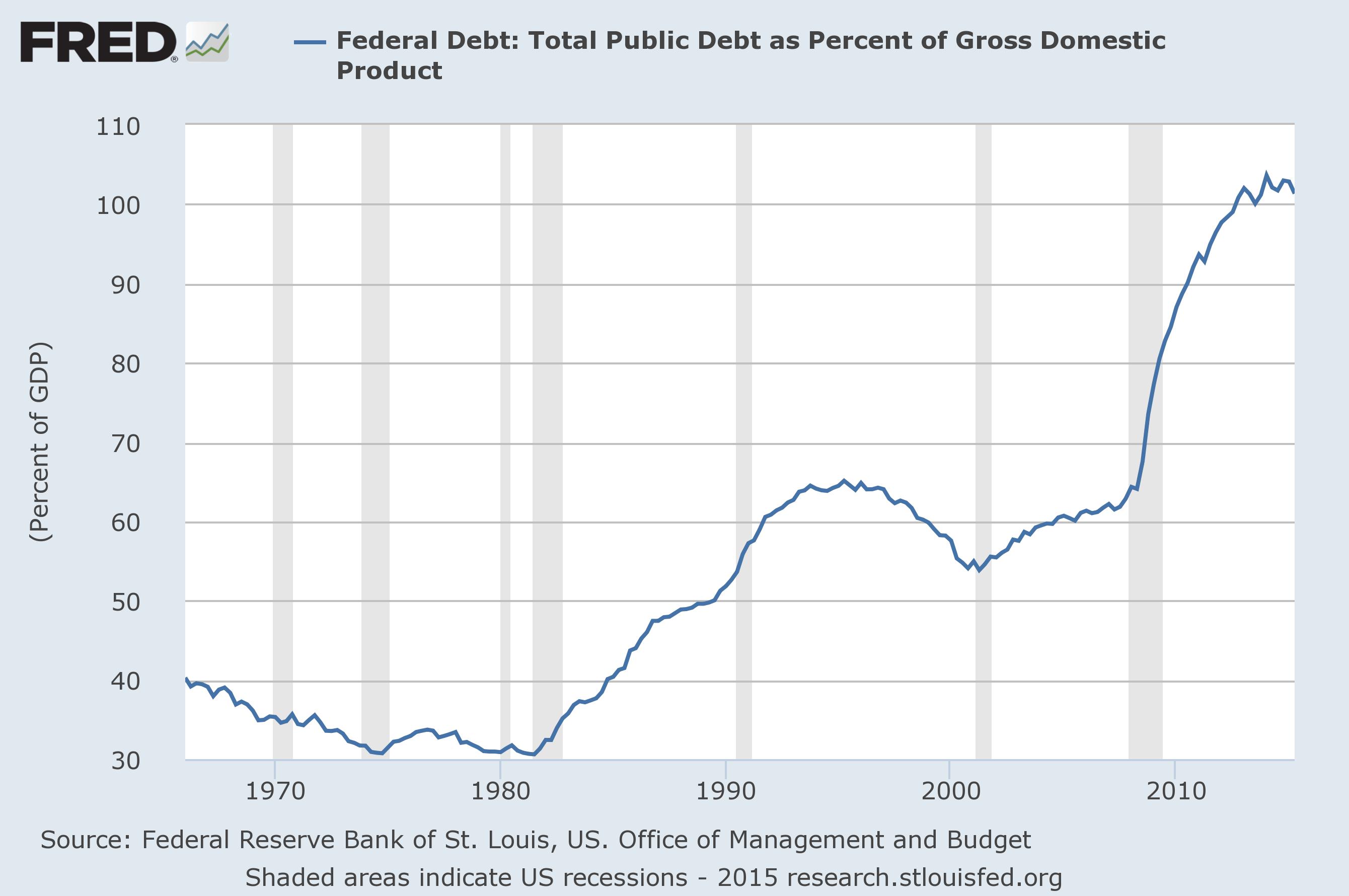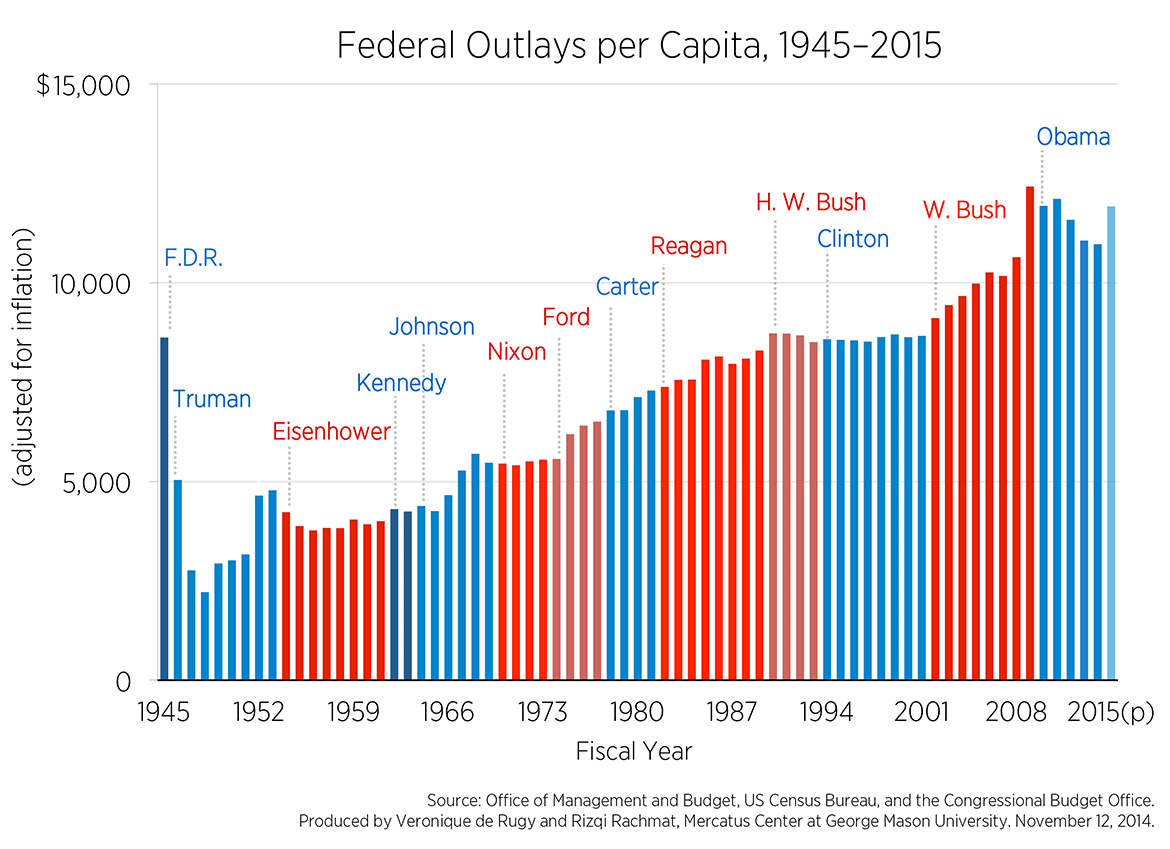Fred_Z Writes:
Even so, Trump’s anti-global, anti-trade protectionist rhetoric is quite mad. I like his anti-illegal immigration stance, but that is the only thing that makes sense to economically protect Americans. The American middle and lower classes are not being ravaged by globalism and free trade, they are being ravaged by wage competition from illegals and insane government environmental, regulatory, tax and subsidy policies.
How does Trump expect us to buy your exports if you refuse to buy our exports? David Ricard showed nearly 200 years ago that free trade benefits both sides, even if the other party is dumping below costs, and there is literally no credible counter-argument. Besides, you Yanks are utterly notorious for distorting dozens of markets, from sugar to corn, with ludicrous tax and subsidy policies.
Ah well, may we live in interesting times.
If I were going to list the things that have unraveled conservatism over the last thirty years, the embrace of libertarian trade myths would be high on the list. Trade has become a sacred item in the commentariat that can never be questioned and never be worshiped too much. Even the Left has found it impossible to make arguments against trade deals, instead embracing the globalism of their donors. It’s part of what has motivated Progressive support for Sanders over Clinton.
As is the case with so much of our current politics, trade is no longer a policy to be debated. You either fully support “free trade” or you are dismissed from the conversation. A similar thing happened with immigration over the years. All of the immigration skeptics were purged from the public square, leaving two types of immigration enthusiasts. You either hate white people or you are a shill for the cheap labor lobbies. Trade has followed the same path.
Despite the moralizing, trade is like any other policy. It is about trade-offs. There are benefits from lowering trade barriers, thus increasing trade between countries. There are liabilities that come from liberalized trade too. A good trade policy minimizes these costs so that the result is a net benefit. Bad trade policy fails to address the cost side and is a net negative. There is no free lunch, even with trade. There is always a cost side to every public policy.
Opening up trade with Canada, for example, hurts the America beaver pelt industry. Putting American beaver trappers out of work has consequences. Low cost Canadian beaver hunters will take market share from the Americans. Those workers will be let go, thus adding a cost to America. If those workers can be soaked up by a business that booms due to trade to Canada, then we very well may have a net benefit to America. If not, then not.
Trade with countries like Canada makes a lot of sense because Canada has things we want and we have things they want. Canada is culturally very similar to America, speaks the same language and maintains the same legal traditions. Trade between the two countries will require little additional policing as businesses on both sides have similar expectations of conduct. A Canadian firm that violates US law will show up in the US court to answer for it. Additionally, businesses on both sides know the governments of both sides will enforce the law equally.
On the other hand, trade with Mexico is a different animal entirely. Mexico is much poorer, lacks our cultural traditions and has a highly corrupt government. The reason American firms setup shop in Mexico is to avoid US labor and environmental laws. Carrier is not moving to Mexico because it is better. They are moving there because it is worse, thus allowing them to get away with things that would never be allowed to do in the Anglosphere. If the Mexican government complains, a small bribe solves the problem.
That’s the reality of trade with Mexico. It’s not the indigenous tortilla maker selling us tortillas so he can buy software and legal services from the US. “Trade” with Mexico is a variation of the sort of slavery that unraveled the Roman Republic. Instead of rich businesses bringing slaves in to work, they take the work to the slaves, all for the purpose of undermining their smaller competitors in the domestic market, who cannot afford to exploit the same rules.
Trade with Mexico has largely been a game of cost shifting. Other than weed and meth, Mexico is incapable of producing much of anything other than excess people. Trade deals with Mexico, however, have allowed global enterprise to shift their cost of doing business onto the American middle-class through declining wages, higher taxes and social instability. “Free trade” with Mexico has some real benefits to Americans, but it brings real costs too, costs that outweigh the benefits.
When you look at trade with China, the cost side starts to fill up with all sorts of indirect items. How much has Chinese hacking, theft and piracy cost America? I know a firm that has spent millions to keep China from pirating their product. A trick China uses is to flood the market with a sub-standard version of an American product, thus damaging the reputation of the American firm. How many dogs and cats were killed by Chinese pet food additives? How much will it cost us to defend Japan and Taiwan from Chinese aggression?
The point here is that trade is a good thing, but only when it is a net positive to the American people as a whole. Deals that allow plutocrats to shift their costs to the public so they can privatize profits are not good deals. Trump pointing that out does not make him a protectionist. It makes him a realist. It’s the innumerate phonies, clutching their copies of Atlas Shrugged, desperately trying to shut off these debates, who are divorced from reality. Trade, like all pubic policy, is about trade-offs. Those trade-offs are debated in a healthy society.


